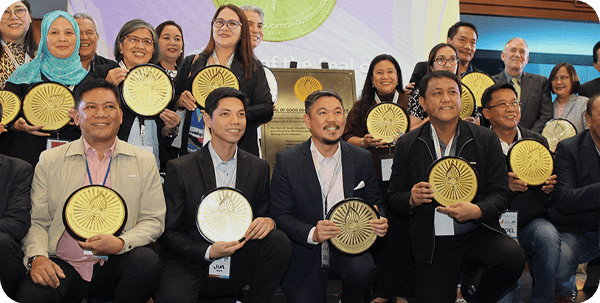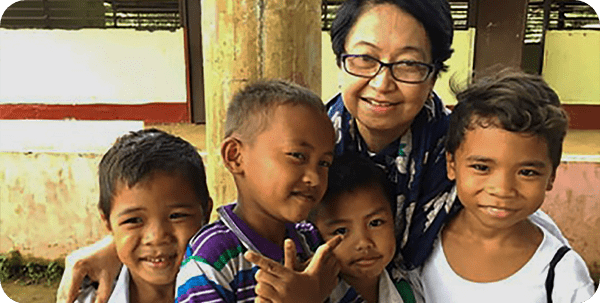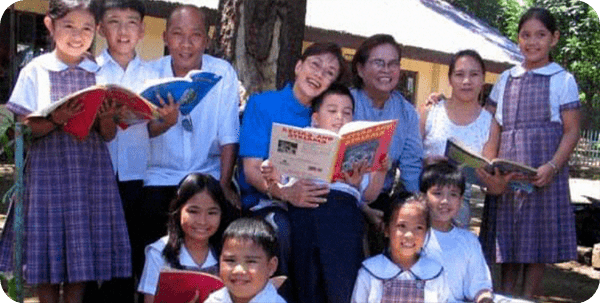6. Reinventing the Local School Board
A unique feature of program is its goal to transform an institution organic to local governments that has the means to make a difference in education. This is the Local School Boards (LSB). The program believes that the LSB is the best vehicle for introducing and continuing improvements in the education system, applying the principles of multi-sectoral partnerships, greater participation of citizens, and a progressive perspective.
Mayor Jesse Robredo of Naga City, whose LSB Reinvention Program is the Synegeria model, has taken to heart the mission of empowering other LGUs to use their LSB as a catalyst to provide children with greater opportunities to complete elementary education.
On February 29, 2008, Mayor Robredo conducted the 1st Reinventing School Boards workshop held in Pangasinan. The local school boards of San Manuel, San Nicolas, Sta. Barbara and Itogon joined the Natividad school board in this workshop.
Mayor Robredo started his presentations with a confession—that in his initial term of office, he paid lip service to the role of the Local School Board. The budget was a done deal between him and the superintendent. His exposure to Synergeia gave him a shock. Filipino children and those from his city lagged behind in achievement scores. Thus, their journey started in improving their learning performance.
The LSB reinvention process requires attitudes that are beyond the box. “What the law does not prohibit, it allows”, this is the Robredo paradigm. He encouraged local officials and the LSB to increase the number and diversity of the LSB membership to take advantage of many experts present in the community. His second thrust is to expand the functions of LSBs beyond budgeting to include policy formulation, implementation of a performance incentive system for schools, and transparent recruitment system for locally funded teachers. The third thrust is to improve the process of budgeting, procurement project planning and implementation towards a system that is collaborative and transparent. Mayor Robredo cited significant increases in the children’s test scores in Naga as a valid proof that LSB reinvention works.
The LSBs were also provided details on how to do the reengineering process, how to develop division of labor respecting the expertise of the different sectors, and, using the Naga City experience, how to make their budgets more responsive to the need of improving learning performance by shifting priorities to teacher training and development of instructional materials.
The practices and lessons of Naga City that made most impact to LSB officials of Villanueva were:
- That education is a SHARED RESPONSIBILITY among parents, LGU and the community
- That the quality of education is measured by output of pupils’ achievement test (and not inputs, i.e. number of chairs donated, number of classrooms built)
- That the lack of awareness about the current state of public education among stakeholders is one of the biggest problems communities face
Participants to the training were guided through workshops to enable them to design next steps in the reinvention process.
- Conduct planning and budgeting that is: needs based and with greater participation from the community
- Conduct an education campaign to improve real property tax collection and in doing so, raise more resources for education
- Conduct dialogues between DepEd and the LGU on key issues such as teacher recruitment, hiring and placement
- Develop programs to build the capabilities of parents (to support their children at home and become more productive citizens) and teachers (to be more effective instructors in the classroom.
Mayor Alejandra Supnet led the Natividad school board in expressing their commitment to support the Reading Proficiency program and to engage more members of the community in education reforms.
7. Transforming Parents to become Education Champions
Parents play an important role in the development of children, thus they are a key partner in the education program. The workshop for parent-leaders and teacher-leaders was “the first-ever” for Natividad. About 90 parent-leaders and teacher-leaders eagerly participated in the training held in January 2008.
The training aims to achieve the following: appreciate responsibilities of parents in fostering the learning of their children; discuss concrete measures to help their children and their school; and develop strategies to influence other parents to do specific measures to help their children, in their respective homes and as a group. Speakers discussed, among others, the following major topics:
How Parents Can Help their Children
- Importance of parents in enhancing the learning of a child.
- How can a parent help the child to learn more?
- How can the parent collaborate with the teacher in making the child a better person and a better learner?
- What are the practices that a parent should watch against?
Developing Good Habits and Values
- Importance of nurturing values and developing good habits
- What are good habits and values that parents want children to acquire?
- How can a parent teach good habits and values to their child?
It was evident from the workshops that parents encountered similar difficulties in coping with the demands of their children in school. Lack of finances was the most commonly cited problem. The demands of work also prevented many parents from giving their kids as much attention. As a result, children are often unsupervised at home. They do not check if assignments are completed. Other parents confessed that they did not even know the name of the teachers of their children and only came to school on report card day. The parents thus resolved to do the following:
- Spend at least 1 hourr everyday with their children to follow-up what they learned in school
- Set time to study, play and watch TV
- Be a model for their children to emulate
- Spend quality time with children – ask about what happened in school, who are their friend and what are their difficulties in the classroom
- Get to know their children’s teachers and ask about how they are doing in class
- Be more supportive of and cooperative with the school
Although the training was conducted towards the end of the school year, parents and teachers expressed their commitments to improve the learning performance of their children and make them grow up to become good and productive citizens. They will start by making sure that children have some reading time even during their summer vacation.
8. What do these all lead to?
On March 2008, DOLCH and Reading Comprehension tests were administered again to pupils to check for improvements in reading proficiency. Mayor Supnet and the PMT were very pleased to learn about the significant drop in the number of non-readers, specifically in pre-primer levels, and the jump in the number of advanced readers among its grade one pupils.
After one year of the program, the number of pre-primer readers decreased by half i.e. 22% to 11%. First readers maintained a constant level of 44% while second readers went up by 5% from the previous 6%, making it 11% in total. A breakthrough was made when 6% of the first graders achieved a 3rd reader level. Truly amazing!
However, more work has to be focused on the primer readers as the level has not changed from the pre-test phase: three out of ten grade one students are still primer readers.
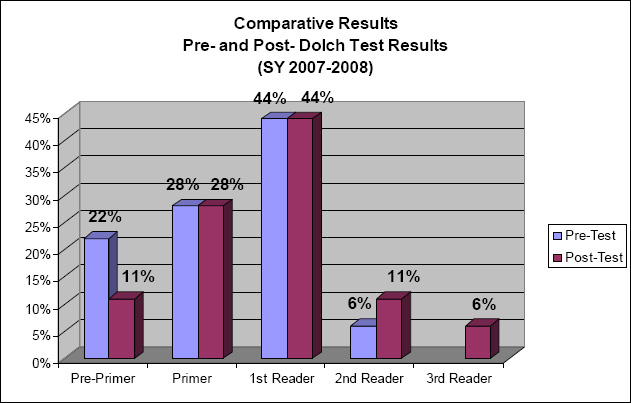
The English Comprehension Test administered to the Natividad first graders consisted of questions progressing in difficulties. Here, children are asked to make inferences, generalize, interpret and perceive cause-and-effect relationships. The student’s comprehension is measured through a 30-item test composed of thinking exercises and stories which are also simple to recall.
This particular test revealed that most of the first graders are above average readers. They can answer 6 out of 10 comprehension questions. Around 28% fall under the category of good readers while 11% are instructional readers.
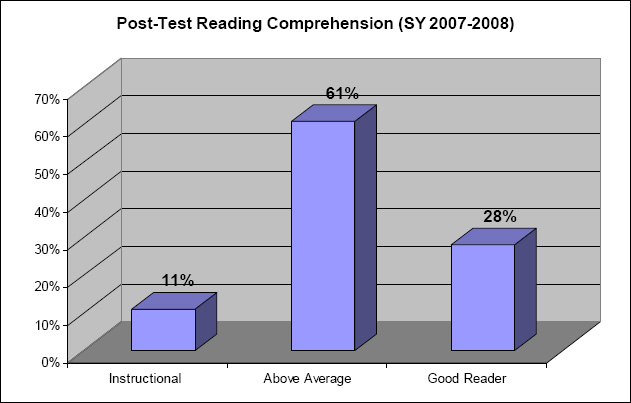
The year-end assessment test results further forged the partnership among teachers, parents, the local government of Natividad, Synergeia and Secretary Victor Ramos. The challenge now for the Natividad community is to continue enriching the learning of good and fast readers (4 out of 10 grade one pupils) and provide additional interventions (i.e. remedial reading) for a third of its students who are still reading below par.
Moving Forward
The program is currently in its second year of implementation. We will work with the new batch of grade one students as well as students that are now in Grade 2, expanding program coverage to about 1,200 students in Natividad.
The big challenge for the second year is to enable 3 out of 10 non-readers to read. Moreover, the 11% of instructional readers have to be moved to higher reading and thinking skills to enable themselves in their learning and knowledge.
